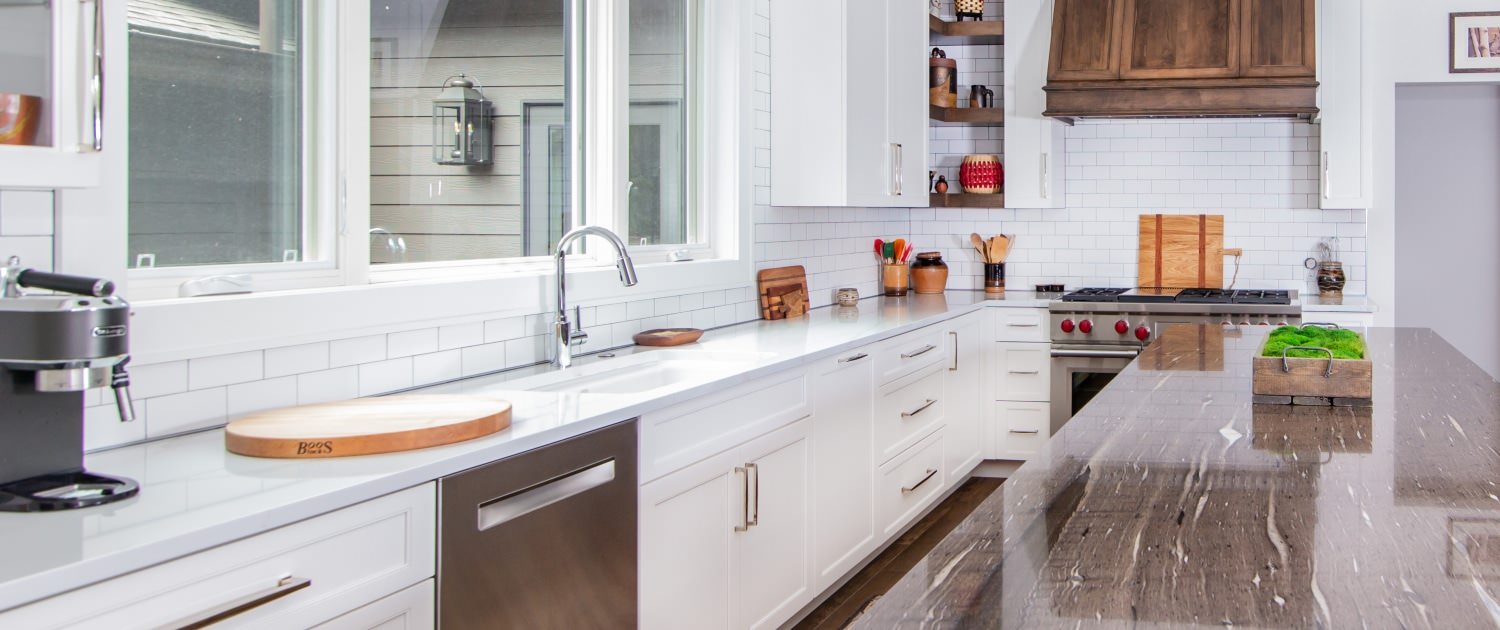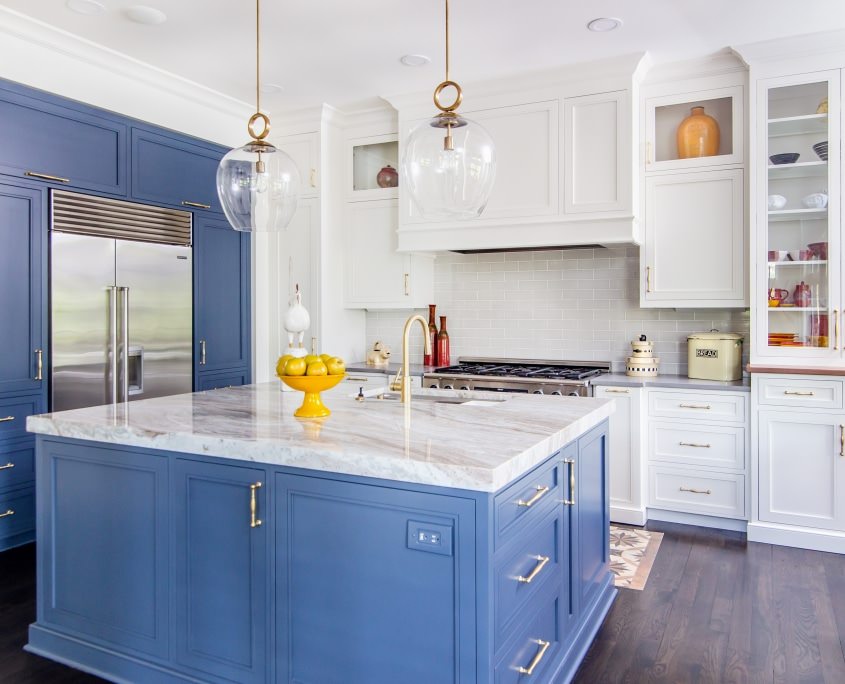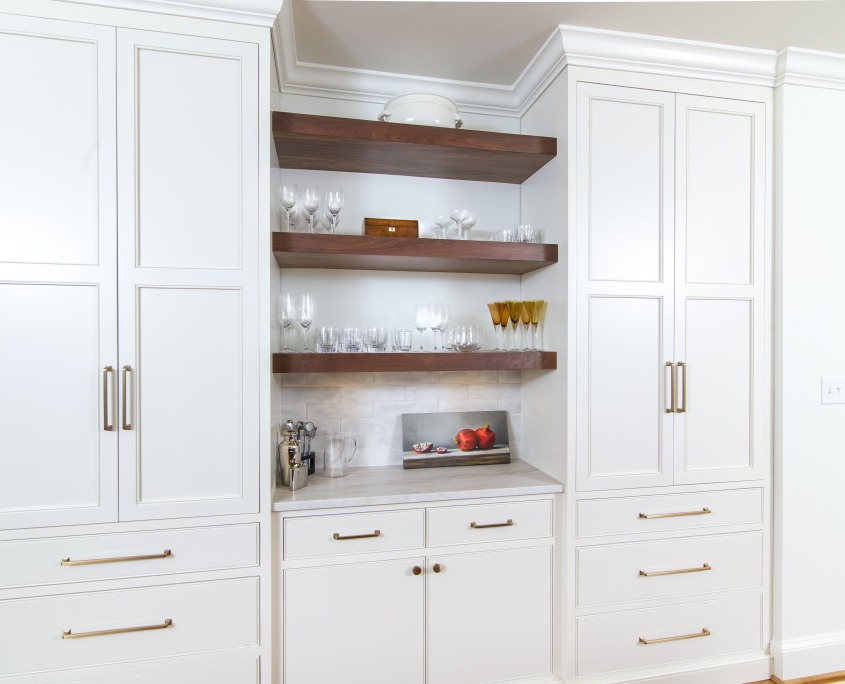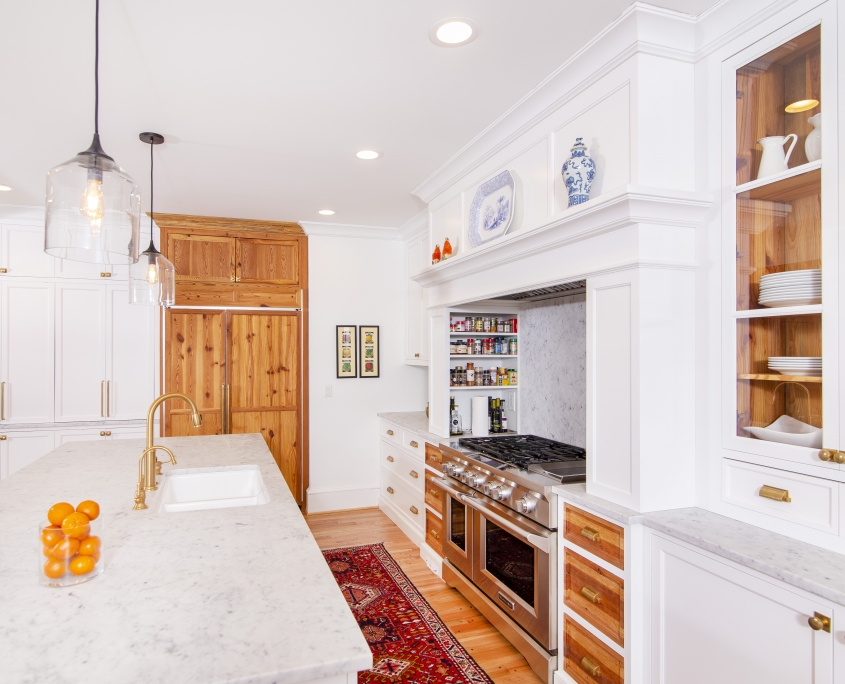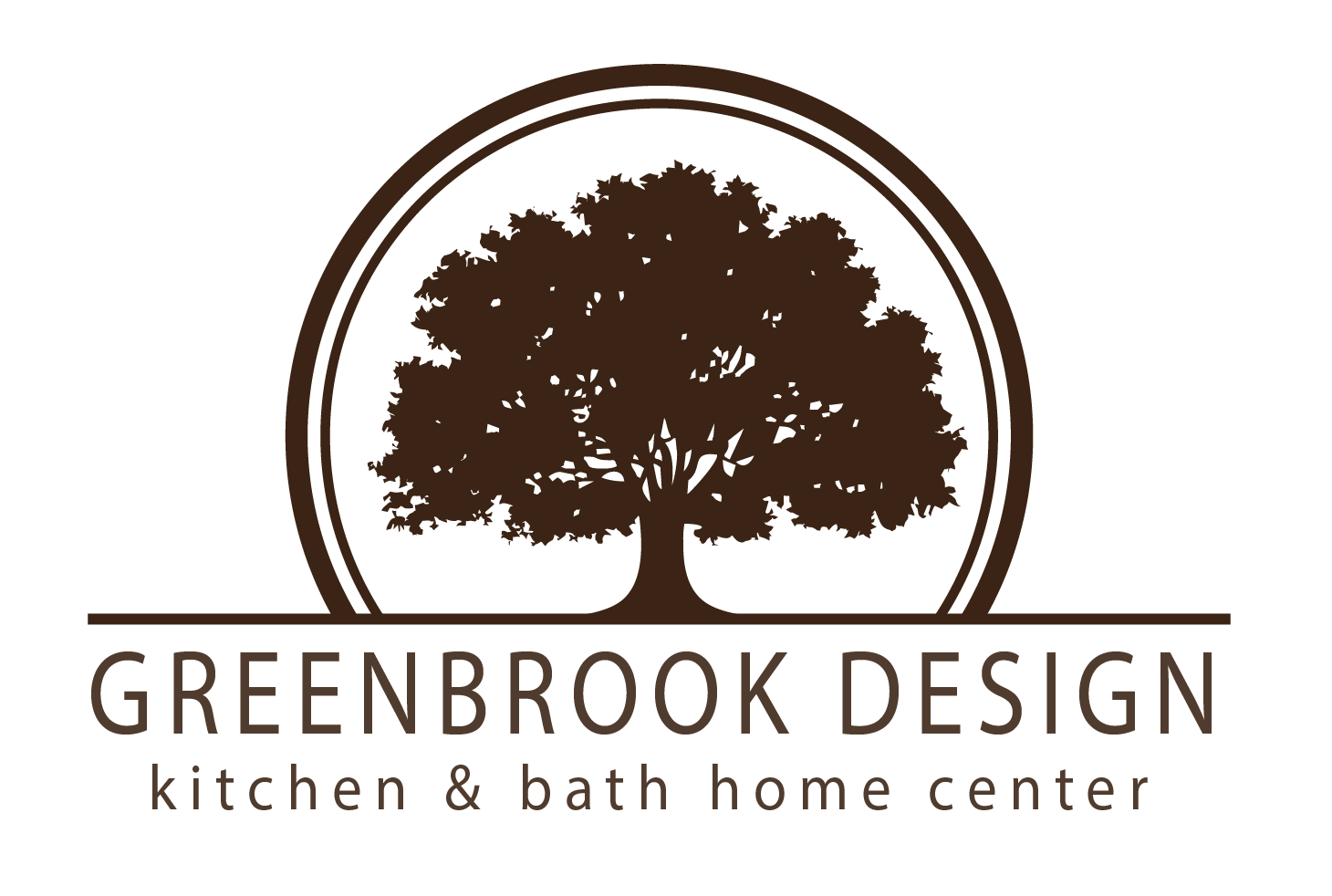 Post by Stacey Walker. Stacey mostly works behind the scenes for Walker Woodworking, managing day to day operations, and marketing. Stacey has helped many clients create their dream space.
Post by Stacey Walker. Stacey mostly works behind the scenes for Walker Woodworking, managing day to day operations, and marketing. Stacey has helped many clients create their dream space.
Why Choose Contrasting Colors?
The world of design draws on multiple elements to create the perfect space for homeowners, a place that represents them and their particular style. Color plays a vital role in the design process and its effects go beyond just adding a splash to the room. Color can affect our mood, communicate a message, lessen eye strain and even play a part in remembering certain events. It also has the ability to influence the size of a room with certain colors causing the area to feel larger while other shades create a more intimate feel. Color selection can be a fun and rewarding process plus it provides you with a great way to tell your story. More homeowners are discovering the beauty of contrasting colors as well and this choice is gaining popularity in the design world. From two-toned kitchens to opposites in cabinets and tile, contrasting colors can spice up your design and make a stunning statement. Let’s explore more about what contrasting color is and how it can help you tell your story.
What are contrasting colors?
A color wheel showcases the standard twelve shades that make up the basic options. Contrasting colors, also known as complementary colors, are ones that are opposite from each other such as:
- red and green (think Christmas)
- blue and orange(used by many companies)
- yellow and purple
- Black and white
These colors provide the most contrast and are used for a variety of purposes like drawing attention to something or emphasizing importance. There are also differing levels of contrast. Blue and orange are considered a strong contrast while red and orange have a lower contrast. Some low contrast pairings include:
- Purple and blue
- Yellow and green
- Orange and red
- Green and blue
Depending on the purpose of your space you may want to consider choosing a softer contrast that allows you to still add a pop to the room without it feeling overwhelming or simply too much. The value of a color can also provide a nice contrast such as a deep blue against a soft blue.There are multiple ways to create contrast in the world of color, it mostly depends on what your goal for the space is and the statement or mood you want to create. Talking with a designer and browsing through inspiration galleries can help you define what you want to do in your home.
How to design using contrasting colors?
Color is one of the best and most fun ways to bring any design to life and place a part of you inside. As we mentioned there are a lot of ways you can use contrasting colors in design.
- Complete opposites on the color wheel
- Monochromatic opposites
- Warm and cool colors
Each of these allows you to form contrast in a balanced way and forge a unified design that can be enjoyed by everyone. Complete opposites are great for making statements like using black and white in a bathroom. You can use a black bathtub or vanity as a focal point against white flooring or even black hardware on white cabinets in the kitchen. Monochromatic opposites are perfect for a unified look with a hint of fun mixed in such as a gentle blue wall color with deep shades of blue featured on artwork hanging from it. This draws the eye in naturally while creating harmony at the same time. Warm colors like red, orange, and yellow forge a bold contrast when mixed with cool colors like blue, purple, and green. Both warm and cool can also be joined by neutrals like black, white and gray to make a statement. Some ways to create contrast in your design include:
- Accent walls
- Furniture
- Cabinets
- Decor pieces
- Tile
- Hardware
- Window treatments
- Area rugs
When it comes to contrasting colors, think outside the box and take the time to look through magazines, Pinterest, home design blogs and places like Houzze to get the inspiration for your new space. The fun about color is that it can be switched up especially in areas such as the living and bedrooms.
The benefits of using contrasting colors
There are lots of benefits when designing with contrasting colors and designers enjoy using them in multiple areas in the home like the kitchen, bathroom, home office, and family rooms.
Here are the pros of using contrasting colors:
- It establishes hierarchy in design and helps organize your by highlighting what is important and creating a focal point in the room such as a kitchen island that is painted a bold color and surrounded by a softer color palette such as white or gray. If a layout is monochromatic it can be seen as a little boring. Using a few contrasting colors can add a spark into your space.
- When you have a large space things can get lost or feel swallowed up in the vast area. Contrasting colors can help create a sense of balance such as a dark wall at one end. It tells the eye that this is a smaller space than what it really is and the same principle can be used to enlarge a space. By using lighter colors an area can be made to feel bigger and brighter.
- Color is linked with your mood and contrasting colors can improve it like when adding pops of yellow to a space that is lacking in natural light. Darker colors can create a warmer, cozier vibe like a bedroom that makes you feel safe and easier to relax such as blues and purples.
While contrasting colors have their uses and benefits, there are a few things that should be avoided when using them such as:
- It is vital that a balance be applied when using contrasting colors. If you use too many it can create confusion and cause disharmony in the space and stress for you. Concentrate on a few areas like an accent wall, a kitchen island, some fun artwork, tile flooring or backsplash, bathroom vanity or furnishings like a couch. These are great ways to accomplish a contrast in a balanced way.
- Avoid using dull colors, deemed desaturated, like browns and dull yellows. They often are linked with unpleasant things and should never be the main focus. However brown shades found in nature like wood tones are excluded from this as they usually come in a rich and vibrant tone that links us back to a calming nature vibe.
Don’t be afraid to ask your designer questions and ask for opinions. In the end the choice is up to you but there are benefits to looking at all your options.
Telling your story with color
If you are looking for a design that can add some zest to your space then contrasting colors are for you. They have continued to stay trending for some time and show no signs of disappearing any time soon. Whether you are looking for a pop of color in your kitchen or bathroom we have you covered. Come visit our showroom where we have displays of tile, hardware, countertops, artwork, furnishings and more. A good design tells your story and turns your house into a home. Are you ready to tell yours?

